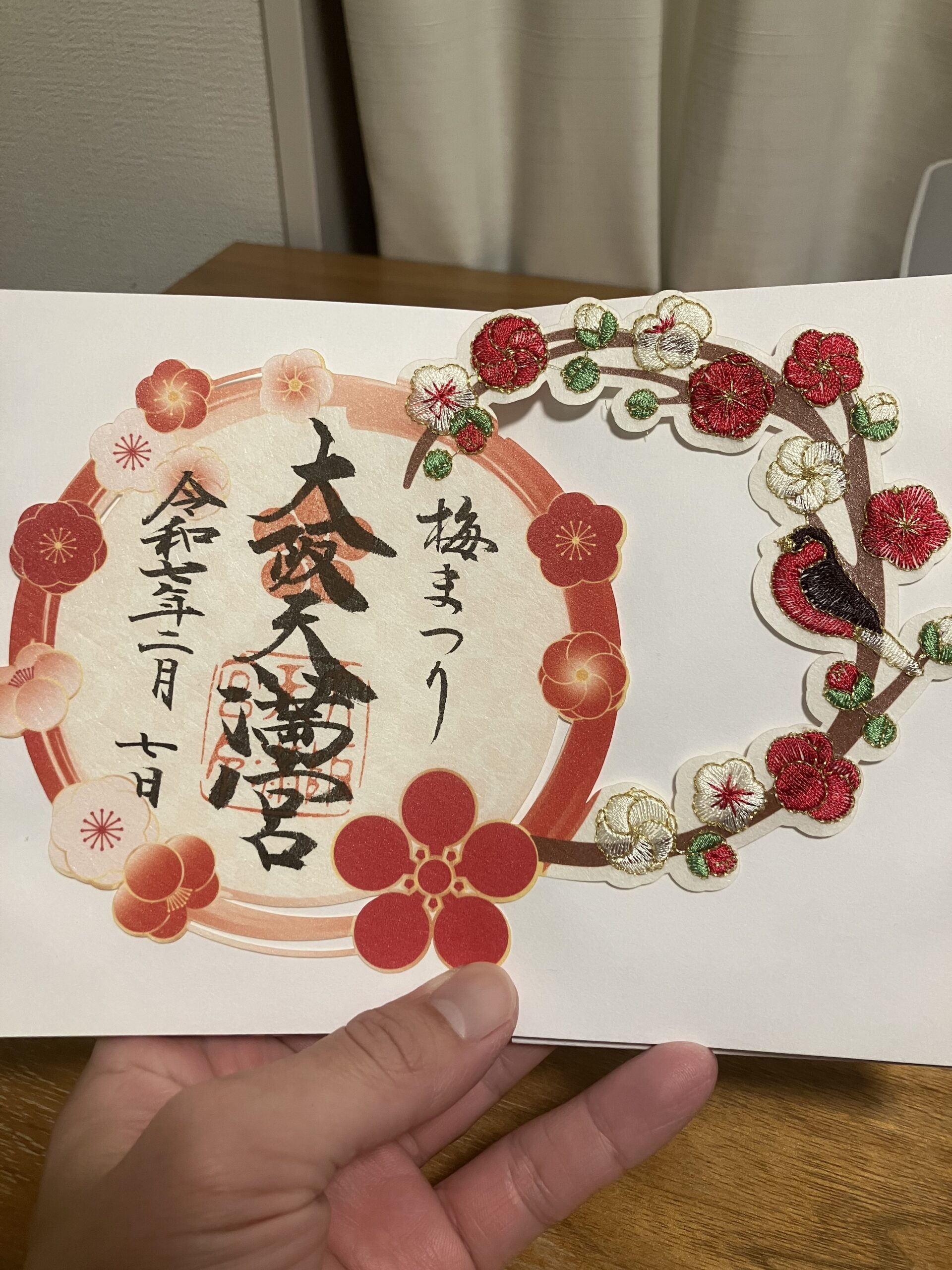Osaka Tenmangu Shrine is a must-visit for history enthusiasts and cultural explorers. As one of Japan’s most important Tenmangu shrines, it is deeply connected to the revered scholar and deity of learning, Sugawara no Michizane. Visitors can immerse themselves in the shrine’s rich heritage, explore its magnificent structures, and witness vibrant festivals that bring Osaka’s traditions to life.
The Rich History of Osaka Tenmangu Shrine
Origins: The Establishment of Osaka Tenmangu Shrine
Osaka Tenmangu Shrine was founded in 949 AD to honor Sugawara no Michizane, a scholar and statesman deified as Tenjin, the god of learning. Legend has it that a divine omen led to the shrine’s construction, making it a sacred site for students and scholars.
Reconstruction and Preservation Efforts Over the Centuries
Like many historic landmarks in Japan, Osaka Tenmangu Shrine has undergone multiple reconstructions due to fires and wars. The current structure, rebuilt in the Edo period, preserves the traditional architectural style while incorporating modern restoration techniques to maintain its grandeur.
Osaka Tenmangu Shrine’s Role in Local Traditions
The shrine plays a central role in Osaka’s spiritual and cultural traditions. Locals and students visit regularly to pray for academic success, and the surrounding neighborhood has flourished as a cultural hub, attracting both tourists and history enthusiasts.
Experiencing the Annual Tenjin Festival
Highlights of the Tenjin Festival Celebrations
The Tenjin Festival, held annually on July 24–25, is one of Japan’s three greatest festivals. The grand procession features thousands of participants dressed in traditional attire, lively drum performances, and a spectacular fireworks display over the Okawa River.
Cultural Importance of the Tenjin Festival in Osaka
More than just a festival, the Tenjin Matsuri is a celebration of Osaka’s rich heritage. It showcases centuries-old customs, from boat processions to traditional dance performances, reflecting the city’s deep connection to Tenjin worship.
How to Participate in the Tenjin Festival Events
Visitors can join the festivities by watching the grand parade, experiencing the lively night market, or taking a cruise on the Okawa River to witness the stunning fireworks. Booking accommodations in advance is highly recommended, as the festival attracts thousands of attendees.
Architectural Marvels of Osaka Tenmangu Shrine
Exploring the Shrine’s Traditional Japanese Architecture
The shrine’s architecture blends elegance with spiritual symbolism. Featuring classic wooden structures, intricate carvings, and a serene atmosphere, Osaka Tenmangu offers a perfect setting for reflection and appreciation of traditional Japanese craftsmanship.
Significant Structures Within Osaka Tenmangu Shrine
Key structures include the Main Hall (Honden), where prayers are offered, and the Romon Gate, which serves as the entrance to the sacred grounds. Visitors can also find stone lanterns, torii gates, and ema plaques covered in students’ wishes for academic success.
Artistic Details and Symbolism in Shrine Design
Every element of Osaka Tenmangu carries deep meaning. The plum blossom motif, symbolizing Sugawara no Michizane’s favorite flower, appears throughout the shrine. The roof’s curved design reflects traditional Japanese aesthetics, while the wooden carvings of mythical creatures guard the sacred space.
Planning Your Visit to Osaka Tenmangu Shrine
Operating Hours and Admission Details
Osaka Tenmangu Shrine is open daily from early morning to evening, and admission is free. While there are no strict dress codes, visitors are encouraged to wear respectful attire, especially during religious ceremonies.
Guidelines for Visitors: Etiquette and Customs
To fully experience the shrine’s spiritual atmosphere, follow proper etiquette: cleanse your hands at the purification fountain, bow before entering, and avoid loud conversations. If making a wish, throw a coin into the offering box, bow twice, clap twice, pray silently, and bow once again.
Accessibility and Facilities at Osaka Tenmangu Shrine
The shrine is easily accessible from Osaka Tenmangu Station or Minami-Morimachi Station. Nearby facilities include cafes, souvenir shops, and seasonal exhibitions, making it an ideal destination for both spiritual seekers and cultural explorers.
Final Thoughts
Osaka Tenmangu Shrine is more than just a historic landmark—it’s a spiritual and cultural symbol of Osaka. Whether you’re drawn by its history, architecture, or the spectacular Tenjin Festival, a visit to this shrine offers a deeper understanding of Japan’s traditions. For students seeking blessings, travelers exploring Osaka, or anyone interested in authentic Japanese culture, Osaka Tenmangu Shrine is an unforgettable destination.



コメント